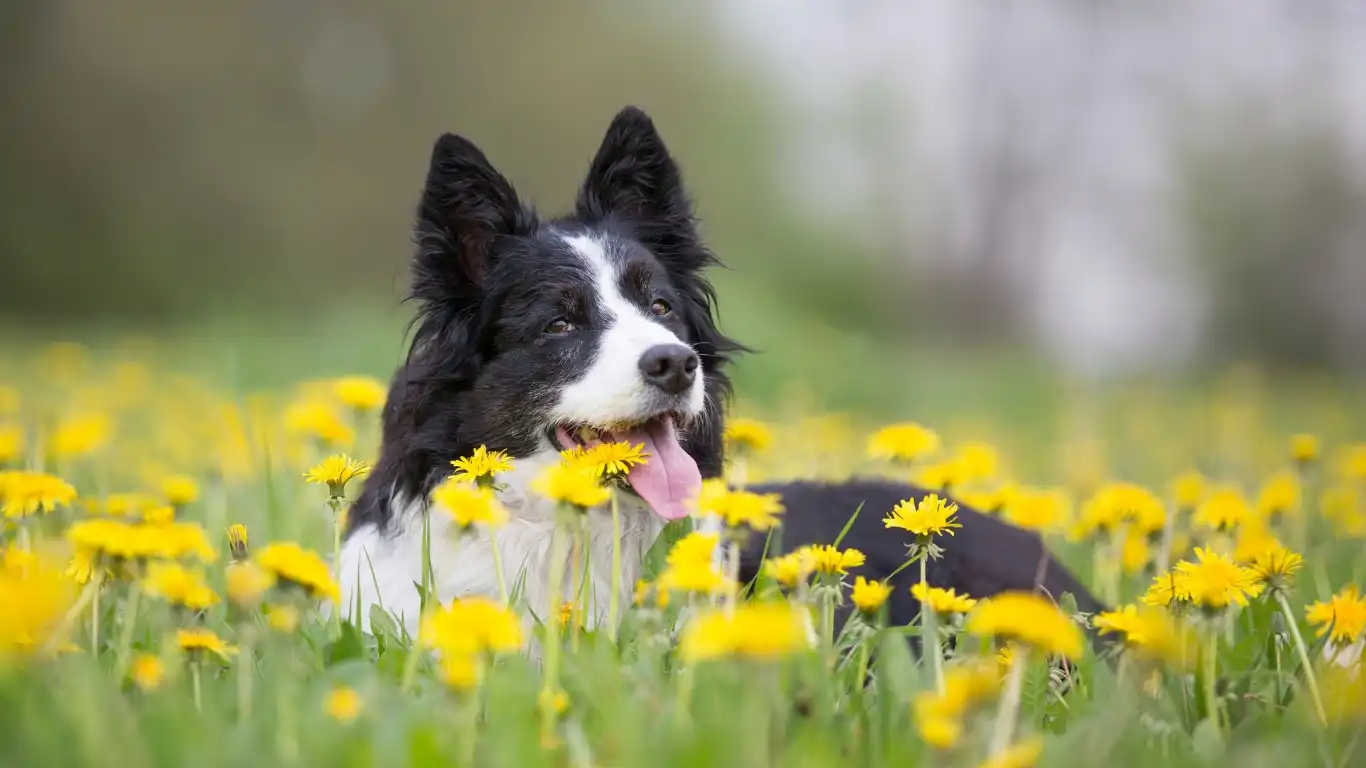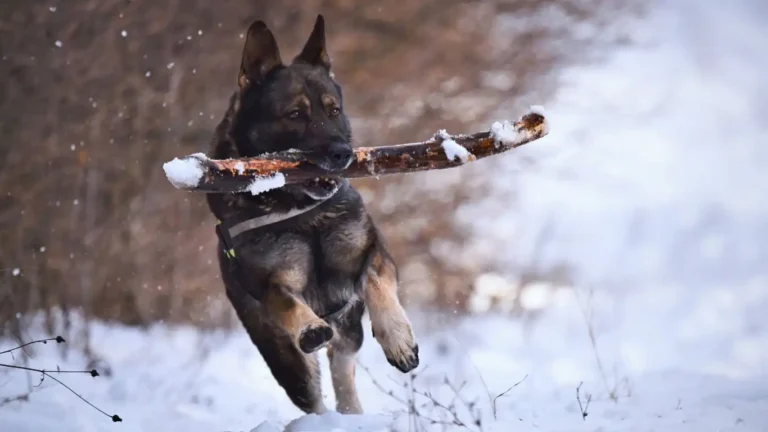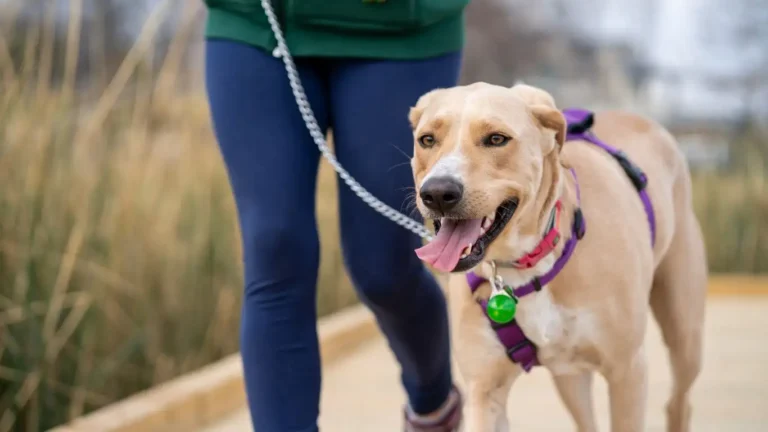Preventing Dog Fights at Home: Real Fixes That Actually Work
If you’ve ever had to break up a sudden scuffle between your pups, you’re not alone. As someone who’s worked in veterinary clinics and pet homes for years, I’ve seen my fair share of tense tail wags turn into full-blown growls. Let’s talk about how to prevent dog fights at home. Because, believe me, nothing disrupts a peaceful home faster than your fur kids going head-to-head. And here’s the thing—most of the time, it’s preventable. You just have to know what to look out for, and how to respond in real time. This guide pulls from my hands-on experience as a Vet Nurse, especially when it comes to behavior and nutrition, two things that are often more connected than you’d think.
Understanding the Root Causes of Dog Fights

Territory and Resource Guarding
Dogs are instinct-driven creatures, and one of the most common triggers for fights is resource guarding. Whether it’s food, toys, a favorite human, or even a cozy bed, some dogs get real protective.
In my own house, I had a situation with my foster shepherd mix, Luna, who would growl anytime my senior poodle got too close to her food bowl. I had to start feeding them in completely separate rooms—and guess what? Zero incidents after that.
Mismatch in Energy Levels or Personalities
Picture this: a chill, older dog just wants to nap, while the new puppy thinks every moment is playtime. That imbalance? It can turn into conflict fast. Dogs communicate through body language, and when one ignores the other’s cues to back off, boom—frustration builds, and so does tension.
Medical Issues Causing Irritability
This is a big one a lot of people overlook. I’ve seen dogs get snappy because of undiagnosed pain—dental issues, arthritis, even ear infections. One bulldog I worked with started lunging at his housemate out of the blue. Turned out he had a horrible abscessed tooth. Once it was treated, his mood flipped completely.
Setting Up Your Home for Peace

Feed Separately and Create Zones
This one’s a game-changer. If your dogs show any signs of tension around food, just feed them apart. Don’t wait for a fight to break out. You can use baby gates, crates, or just different rooms.
- Use puzzle feeders to slow things down and reduce stress eating.
- Don’t hover over them during meals—it can make some dogs feel more anxious.
- Stick to consistent feeding times to reduce confusion and competitiveness.
Rotate Toys and Monitor Play
While toys are great for stimulation, they can also trigger possessiveness. I’ve seen the sweetest dogs turn into snarling gremlins over a squeaky toy.
- Rotate toys every few days to keep things novel and reduce tension.
- Supervise tug-of-war games—especially between dogs of unequal size.
- Watch their body language: stiff posture, raised hackles, and a fixed stare are all red flags.
Create Safe Retreat Zones
Every dog needs a “me-time” corner. Just like us, they need space. Especially in multi-dog homes, giving each pup their own quiet spot reduces competition and anxiety.
In my house, I’ve got little nooks set up with cozy beds and calming music—works wonders, especially during chaotic days like when visitors come over or during thunderstorms.
The Power of Routine and Structure

Why Predictability Matters
Dogs thrive on routine. When they know what to expect—walk times, feeding, training—they’re less likely to get reactive. Uncertainty often leads to stress, and stress can fuel aggression.
In the clinic, I’d often see dogs who were described as “suddenly aggressive.” Nine times out of ten, it was because their environment had become unpredictable—like a new baby in the house or changing work schedules.
Schedule Joint Activities
Think of it like team-building for dogs. Walking together, doing training sessions side by side, or even just lying near each other while chewing on bones—all these things help build a bond.
But here’s the key: no forcing it. Let it happen at their pace. That mutual respect? It’s foundational in preventing dog fights at home.
Training Strategies That Actually Work
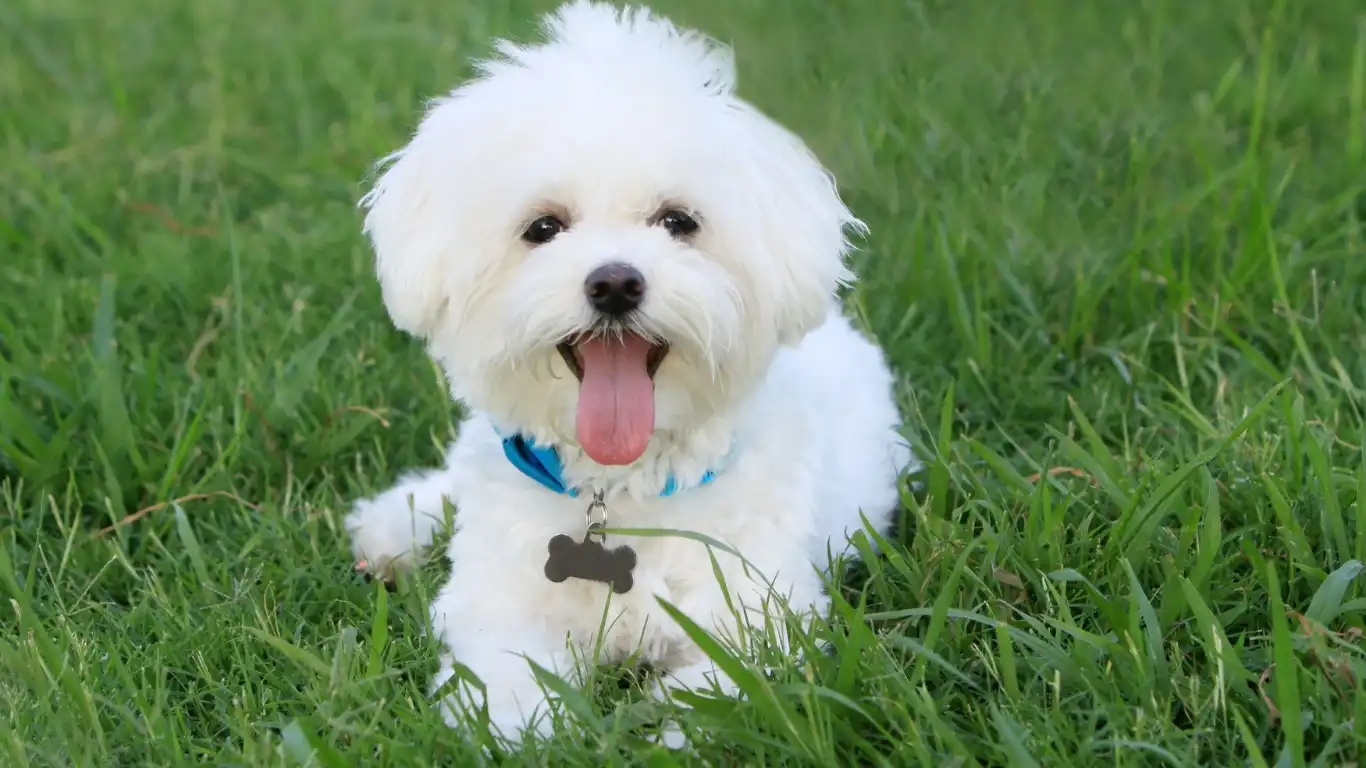
Basic Commands Build Confidence
If I had a dollar for every time I saw a fight break out due to poor impulse control, I could buy a lifetime supply of peanut butter treats. Teaching your dogs basic commands like “sit,” “stay,” “leave it,” and “come” gives you tools to redirect and defuse tense moments before they escalate. It’s like teaching them a common language—something they can rely on when emotions run high.
I once worked with a Labrador who’d barrel into every room like a wrecking ball. After just two weeks of working “wait” and “stay,” his relationship with his smaller terrier buddy drastically improved. Why? Because he wasn’t bulldozing him every five seconds and causing unnecessary tension.
Practice Controlled Socialization
One of the biggest mistakes I see? People assuming all dogs should just “figure it out” and get along. Nope. Controlled socialization, especially at home, is key to helping them feel safe and secure around each other.
- Start with leashed introductions in neutral zones (think: backyard, not living room).
- Use parallel walks—walking the dogs side-by-side but at a safe distance helps them associate each other with calm energy.
- Never force nose-to-nose contact. It’s awkward for dogs and can lead to instant drama.
And please don’t skip the praise! Positive reinforcement goes a long way when you’re trying to reframe how your pups feel about each other.
Nutrition’s Role in Behavior

Food Isn’t Just Fuel—it’s Behavior Medicine
This is where my nutrition background really comes in handy. Believe it or not, what your dog eats has a massive impact on how they behave. Just like kids hyped up on sugar, dogs on poorly balanced diets can become reactive, anxious, and edgy.
There was a case I’ll never forget—two brothers, both rescues, who’d been fighting non-stop. Their owner had tried everything. Turns out, their food was packed with low-grade fillers and artificial additives. We switched them to a high-quality, protein-balanced diet with added omega-3s, and within weeks, the difference was night and day. No more random flare-ups, and they actually started sleeping beside each other!
Supplements Can Help, But Aren’t Magic
There are some solid behavior supplements out there—think calming chews with L-theanine, tryptophan, or melatonin. But don’t expect miracles overnight. They should be part of a bigger plan, not the whole strategy.
- Always talk to your vet before adding anything new—especially if your dog’s on meds.
- Stick to brands with solid third-party testing and transparency.
- Track changes over time. Sometimes the benefits are subtle at first.
Recognizing Red Flags Before It’s Too Late

Body Language Speaks Louder Than Barks
Dogs are always communicating—we just have to learn how to listen. A tail wag doesn’t always mean “happy.” If it’s stiff, high, and paired with hard eyes? That’s tension, not playfulness. I’ve learned to spot the micro-signals that come before fights: lip licking, side-eyes, yawning, and even sudden stillness.
My own dogs have very different ways of showing they’re overwhelmed. One hides behind the couch, while the other will bark incessantly. Learning their personal signals has helped me intervene before things ever reach a boiling point.
Triggers Are Real—And Avoidable
Identify what sets your dogs off. It could be excitement, visitors, loud noises, or even certain times of day. Once you know, you can plan around it or start slow desensitization.
- Use baby gates or crates to reduce exposure to common triggers during stressful events.
- Practice structured “settle” times where your dogs relax with chews or calming music.
- Keep routines consistent, especially when introducing new pets or people.
When to Call in the Pros

Don’t Wait Until It Gets Dangerous
If the fights are getting more intense or frequent, or if there’s been a bite with broken skin—don’t try to DIY your way out of it. Seriously. That’s when it’s time to loop in a professional behaviorist or force-free trainer who has real experience with aggression cases.
I’ve worked alongside trainers in clinics to create customized plans, and let me tell you—many fights stem from fear and lack of boundaries, not “dominance” like those outdated TV shows want you to believe.
Look for professionals certified by reputable organizations like:
- IAABC (International Association of Animal Behavior Consultants)
- CCPDT (Certification Council for Professional Dog Trainers)
- Fear Free Certified Professionals
Trust me, a little expert guidance goes a long way toward a peaceful home.
Building a Long-Term Peace Plan
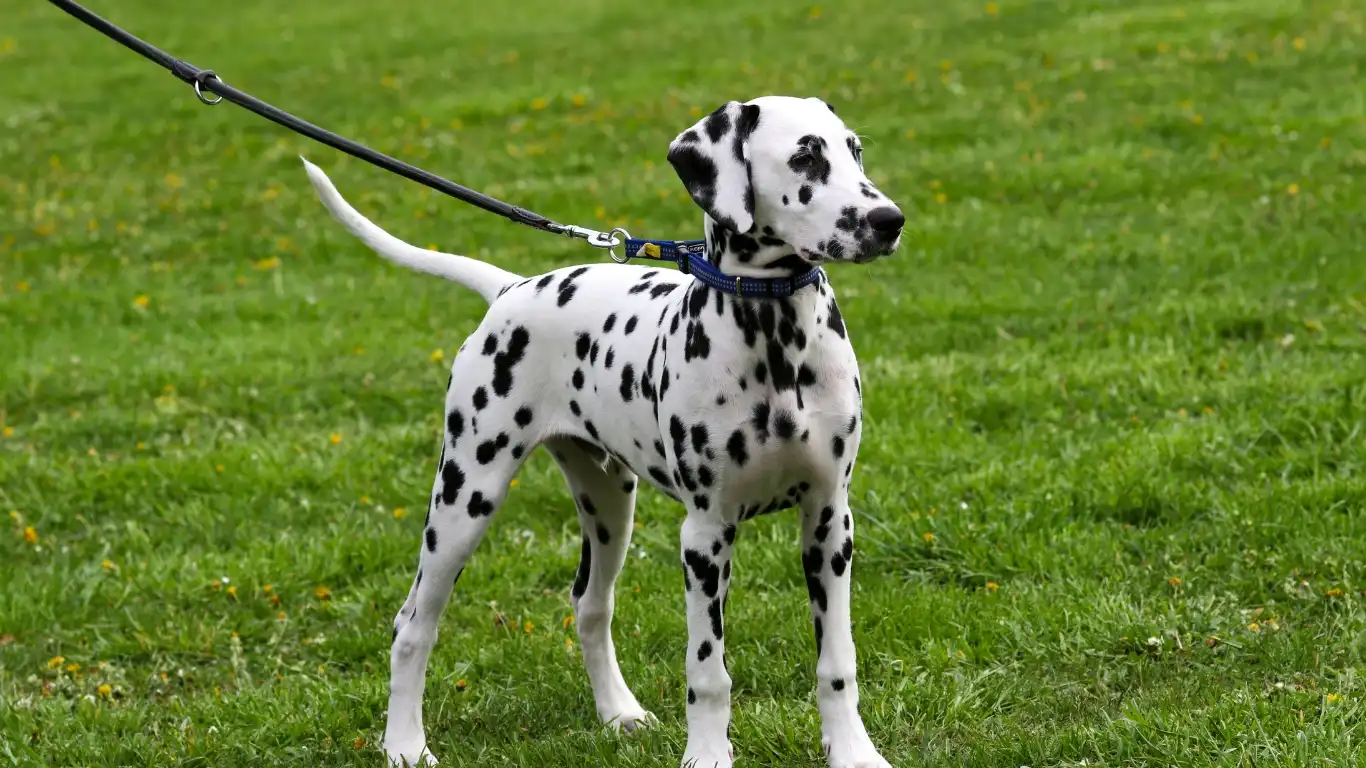
Consistency Is Everything
If there’s one thing I’ve learned from working with countless dog families over the years, it’s this: consistency is king. Whether it’s training, feeding routines, or just daily structure—your dogs need to know what to expect. When things feel predictable, they’re more relaxed. And a relaxed dog is way less likely to start drama.
For example, I worked with a multi-dog household where fights always broke out right before dinnertime. The fix? We started prepping meals ahead of time, called each dog into separate areas calmly, and reinforced “wait” commands. The energy around mealtime totally shifted. It wasn’t a miracle cure, just a solid routine that everyone could count on.
Reinforce the Good Stuff
It’s easy to get tunnel vision and only notice your dogs when things are going wrong. But dogs thrive on positive feedback. Every time your dogs choose peace—walking away from a toy dispute, settling quietly on their beds, or just coexisting peacefully—mark it! Toss a treat, offer praise, give a belly rub. Let them know that calm behavior is rewarding.
- Use a marker word like “yes!” or a clicker to capture good behavior.
- Give high-value treats when they’re calm around each other—especially after previous triggers.
- Don’t underestimate the power of affection when they’re showing restraint.
Enrichment: The Peacekeeper You Didn’t Know You Needed

Bored Dogs Are Trouble-Makers
Seriously. Mental stimulation is just as important as physical exercise. When your dogs are under-stimulated, they get cranky, frustrated, and are way more prone to lash out. I always recommend building daily enrichment into your routine—especially for dogs in multi-dog homes where dynamics can get tense.
Try this list of go-to enrichment ideas:
- Snuffle mats: Great for slowing down food intake and keeping noses busy.
- Frozen Kongs: Fill them with peanut butter, plain yogurt, or mashed sweet potatoes.
- Scatter feeding: Toss kibble in the grass and let them forage—it’s great for the brain.
- Training games: Teach fun tricks like “spin,” “paw,” or “go to your spot.”
One of my own dogs, Max, used to get antsy every evening like clockwork. I started giving him a frozen Kong around 7 PM, and it changed everything. No more pacing, no more staring down the other dog like a showdown was coming. Just calm, focused licking—and peace.
Monitoring Changes Over Time
Track Behavior to Spot Trends
If you’re dealing with tension between dogs, it’s smart to keep a simple log of their interactions. I’ve recommended this to pet parents in the clinic, and they’re always surprised by what they notice after a week or two. You start to see patterns—maybe it’s worse on days when the weather’s bad, or right after visitors leave.
- Note time of day, what was happening just before, and how long any tension lasted.
- Track your interventions and whether they worked.
- Look for improvement—or signs it’s getting worse—and act early.
This kind of attention to detail shows that you’re committed to creating a peaceful environment. And if you ever need to bring in a trainer or vet, having that data is gold.
Supporting Your Dogs Emotionally
Yes, Dogs Feel Emotional Tension
Dogs are incredibly intuitive. If there’s stress in the household—between humans or other pets—they pick up on it. And sometimes that stress comes out sideways, like redirecting frustration onto each other. I’ve seen it firsthand in homes going through big life changes—divorce, new babies, moving homes. Supporting your dogs emotionally during these times is key.
Some tips that can really help:
- Keep familiar items around—like favorite toys or blankets with familiar scents.
- Use calming aids like pheromone diffusers (Adaptil is a popular one).
- Try structured decompression walks in quiet areas to help release tension.
Final Thoughts: Harmony Is a Daily Practice
Learning how to prevent dog fights at home isn’t about finding a quick fix. It’s about building a thoughtful, responsive environment that supports your dogs’ needs—emotionally, physically, and behaviorally. You’re going to have ups and downs, that’s just life with animals. But when you stay observant, compassionate, and proactive, those flare-ups become fewer and farther between.
From one pet parent (and Vet Nurse!) to another: you’ve got this. It takes a little effort, but the reward is huge—a peaceful, happy pack that feels like a true family.
References
Disclaimer
This article is for informational purposes only and does not substitute professional veterinary or behavioral advice. Always consult with your veterinarian or a certified trainer regarding your specific dog’s health and behavior needs.
